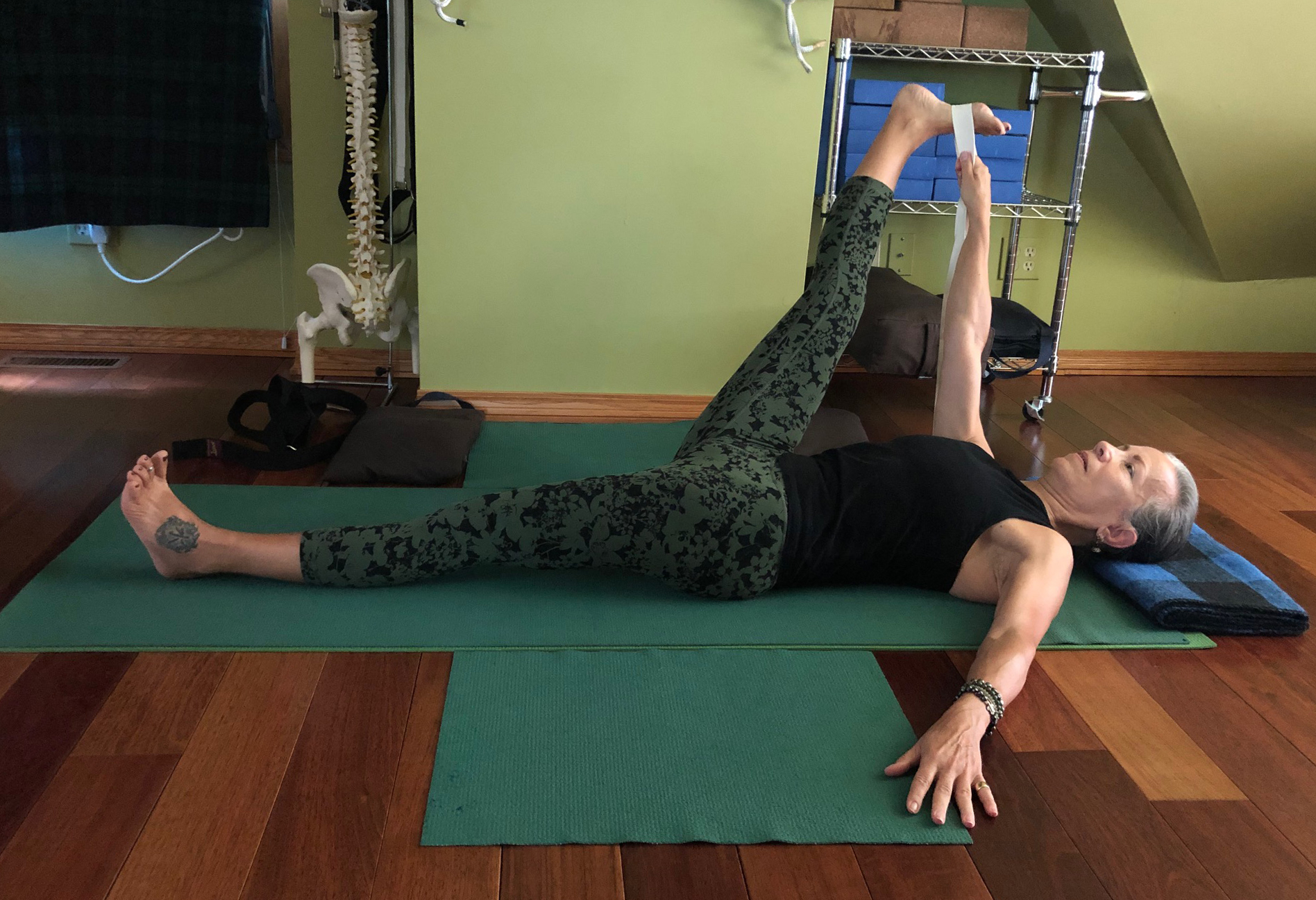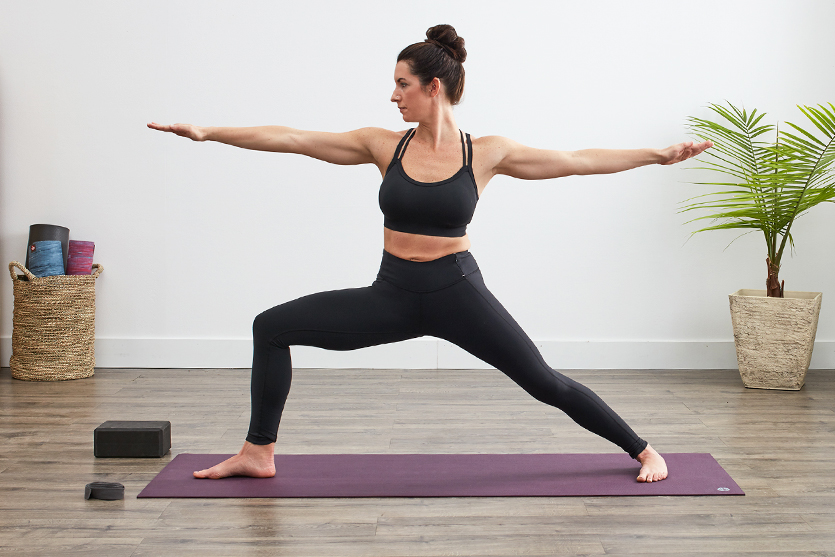Hot yoga, also known as Bikram yoga, is a style of yoga performed in a heated environment to promote sweating and flexibility. While hot yoga studios provide the ideal conditions for this practice, it is possible to do hot yoga at home with some simple setup. Follow these tips to create your own home hot yoga space.
Choose the Right Location
When doing hot yoga at home, it’s important to pick the right location. Choose a space where you can control the temperature and won’t be disturbed during your practice.
Avoid open living spaces where others may walk through. The room should be large enough to move through yoga poses with a mat, but small enough to heat efficiently.

Heat the Room Effectively
The heat is what makes hot yoga unique. At home, aim to heat your space to 95-105°F with humidity around 40%. This boosts flexibility, aids detoxification, and promotes cardiovascular benefits.
Use a space heater with adjustable temperature controls. Place near your mat but avoid direct contact that could cause burns. Open doors and windows periodically to control humidity.
If the room has poor ventilation, use a humidifier. Always monitor the temperature for a safe hot yoga environment.
Wear Proper Hot Yoga Attire
Wearing the right clothing makes hot yoga more comfortable and effective. Choose lightweight, breathable fabrics that wick sweat like cotton, bamboo, or microfiber blends.
Form-fitting yoga pants or shorts and a sports bra allow free range of motion. Avoid baggy shirts that stick to sweaty skin. Bring multiple towels to place on your mat and wipe sweat.
Change out of damp clothes afterward to avoid chilling. Consider wearing grip socks or going barefoot to prevent slippery feet.

Begin with Breathwork and Warm-Ups
Starting hot yoga with cold muscles can lead to injury. Build in a gentle warm up to raise your core temperature.
Flow through sun salutations to wake up the body before more challenging postures. Move slowly from basic stretches to standing poses as you heat and limber up.
Know Your Limits
As with any new exercise, don’t overdo it in the beginning. Hot yoga requires strength, stamina, and flexibility gained over time.
Avoid competitiveness and listen to your body’s limitations.
Stay hydrated and alert for signs of overheating like dizziness or nausea. Modify poses to your level using props like chairs or blocks.
With consistency, your practice will steadily improve. Expect an adjustment period as your body acclimates to the heat.

Choose Appropriate Hot Yoga Poses
Certain poses hold more benefits in heated conditions. Focus on backbends to open tight chest and shoulder muscles. Squats, lunges, and balancing postures build leg and core strength.
Twists wring out toxins while improving spinal mobility. Include forward folds to calm the nervous system. Always stabilize the core and maintain alignment to avoid injury.
Move slowly, holding poses longer to increase flexibility. Let your breath guide the experience.
Maintain Safety
Monitor your health to keep hot yoga safe. Avoid practice if you are ill, pregnant, or have medical conditions like heart disease or high blood pressure. Stop immediately if you feel faint or nauseated.
Check with your doctor before starting, especially if new to exercise. The heat intensifies yoga’s effects, so attend a class first to learn proper form.
With caution and common sense, a home hot yoga practice can be deeply rewarding.
Conclusion
With some preparation and precautions, an effective hot yoga practice is absolutely achievable at home. Ensure you have the right setup and attire to promote safety and comfort. Build your practice gradually, focusing on breath and alignment. The added heat takes yoga benefits to a deeper level when done correctly. Listen to your body, stay hydrated, and find your own blissful flow in a home hot yoga space.


